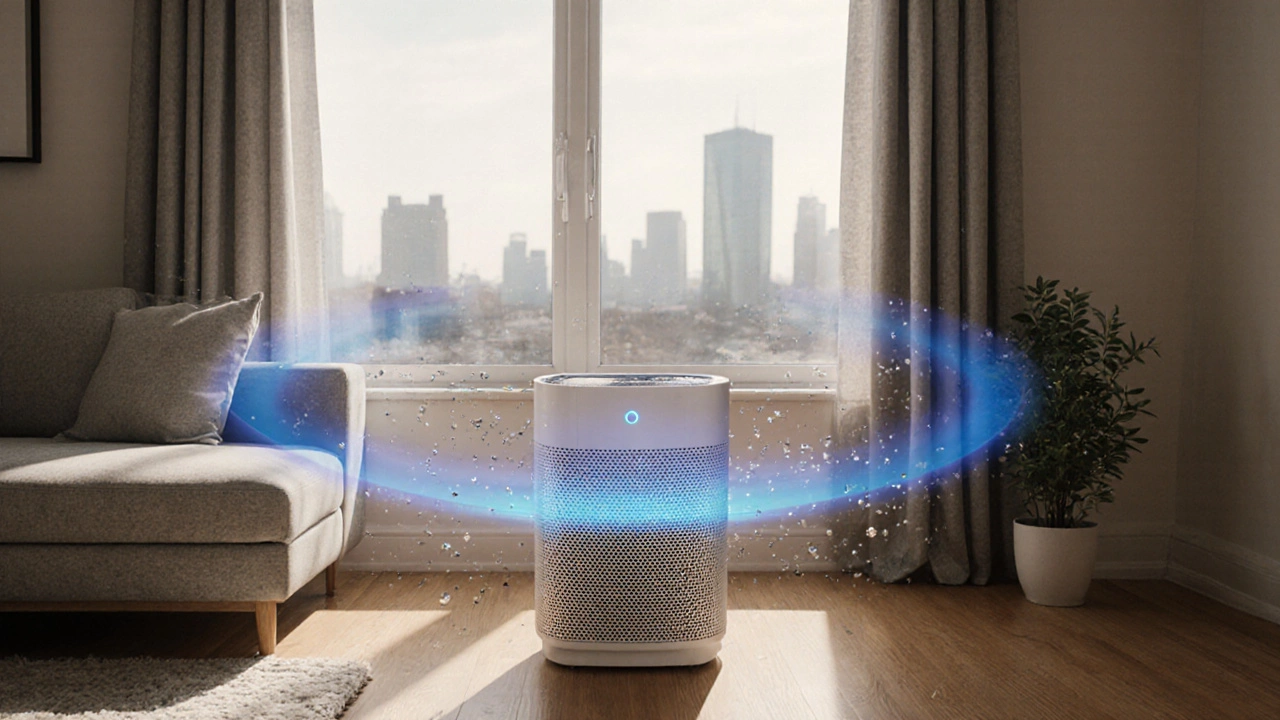When working with CADR, the Clean Air Delivery Rate that tells you how many cubic feet of filtered air an air purifier moves each hour. Also known as Clean Air Delivery Rate, it acts as the yardstick for matching a device to a specific indoor volume. Pair it with a air purifier, a machine that pulls in contaminated air, passes it through filters, and releases cleaner air back into the room and you have the core of indoor‑air quality control. But the numbers only make sense when you also factor in the room size, the total cubic‑footage of the area you want to clean, often measured by multiplying floor area by ceiling height and the filter type, HEPA, activated‑carbon, or hybrid media that determines which particles and gases are captured. In everyday language, CADR is the bridge between a purifier’s raw power and the actual breathing space you need to protect.
CADR values are split into three particle‑size categories—dust, pollen and smoke—so a higher number in each column means faster removal of that specific pollutant. The type of filter you install changes those numbers: a true HEPA filter usually pushes dust and pollen scores up, while an activated‑carbon layer lifts the smoke rating because it adsorbs gases and odors. Fan speed is the next lever; crank the fan higher and the CADR number climbs, but you also raise electricity use and noise level. Maintenance matters, too—once a filter clogs, airflow drops and the effective CADR can fall by 30‑50 %. Room layout plays a subtle role as well. Open‑plan spaces let clean air flow freely, letting the purifier meet its rated CADR, whereas rooms with many doors, closets or furniture islands can create dead zones where contaminants linger. In larger homes, a single unit rarely covers everything; you either need a higher‑capacity machine or multiple units strategically placed, sometimes backed by a central HVAC system that distributes cleaned air through ducts. Calculating the proper CADR for a given space is simple math: measure the room’s cubic footage, decide how many air changes per hour you want (most experts recommend 4‑5 for typical homes), and then pick a purifier whose combined dust‑pollen‑smoke CADR meets or exceeds that figure. Understanding these relationships helps you avoid two common mistakes: buying a tiny purifier with an impressive CADR on paper but the wrong filter for your main pollutants, or oversizing a unit so much that it runs constantly at low speed, wasting energy and creating unnecessary wear. By aligning filter efficiency, fan settings, and accurate room‑size calculations, you ensure the device delivers the clean‑air promise that the CADR rating implies.
The guides below walk you through how to calculate the right CADR for studios, two‑bed flats, and full‑house setups, compare popular models, and decide when a single unit is enough versus when you need a network of purifiers or an HVAC‑integrated solution. Whether you’re tackling smoke from a fireplace, pollen season, or everyday dust, you’ll find actionable tips that turn the CADR number from a vague spec into a practical tool for healthier indoor air.

Learn how to calculate the time an air purifier needs to clean a room, using CADR, room size, ACH and filter types to get faster, healthier air.